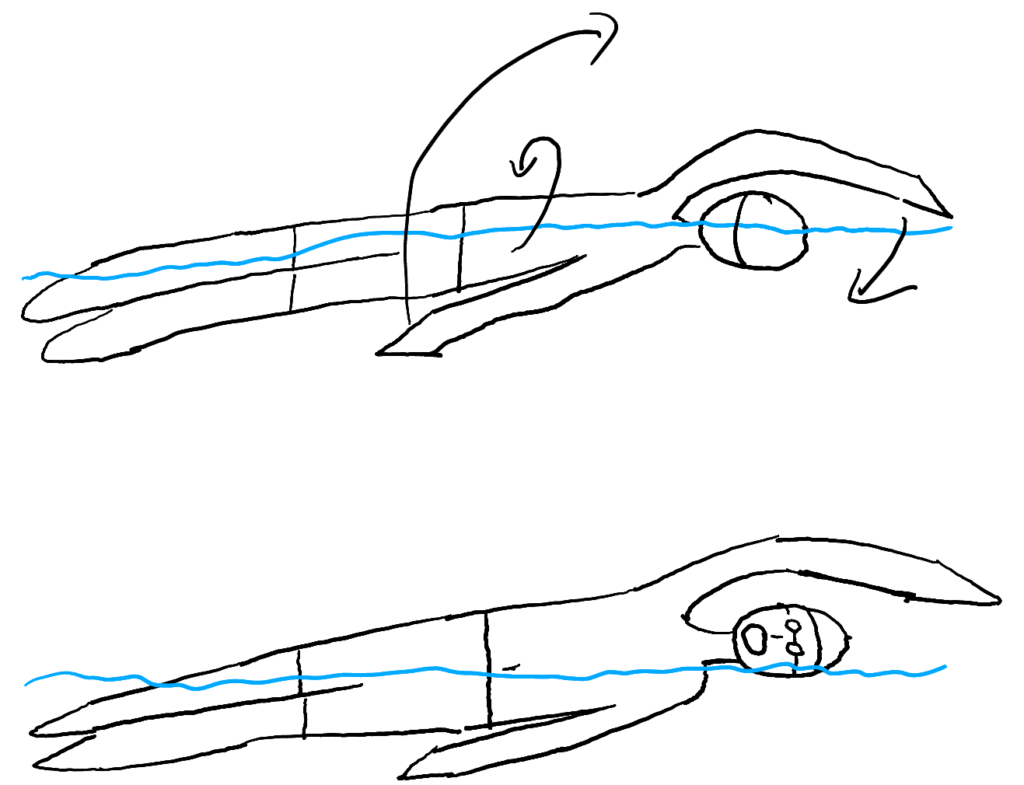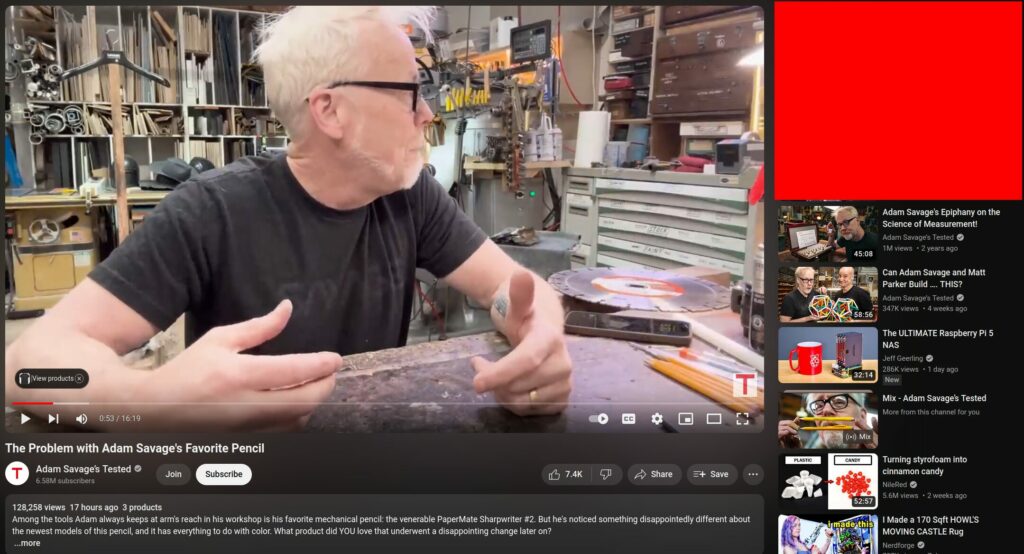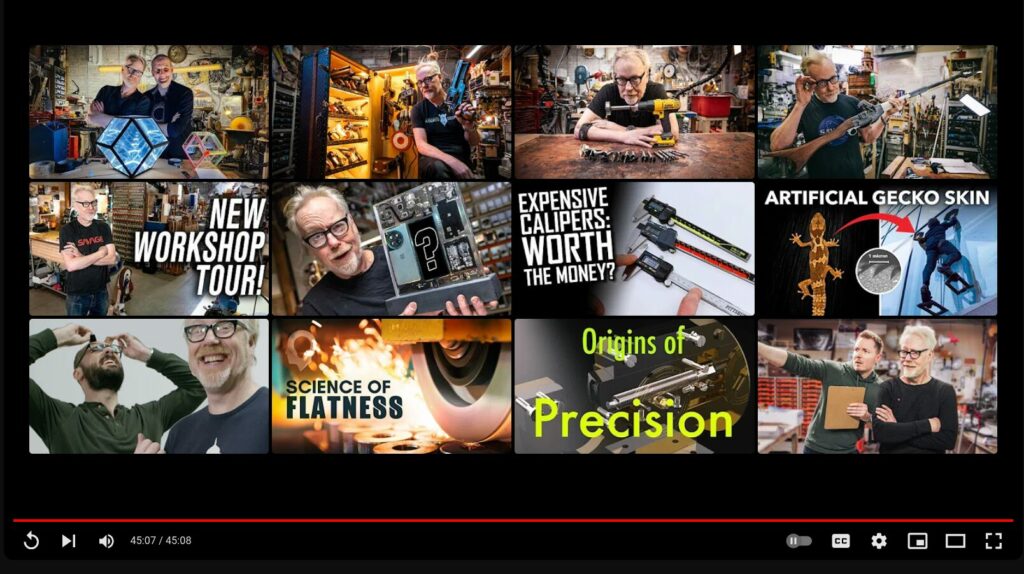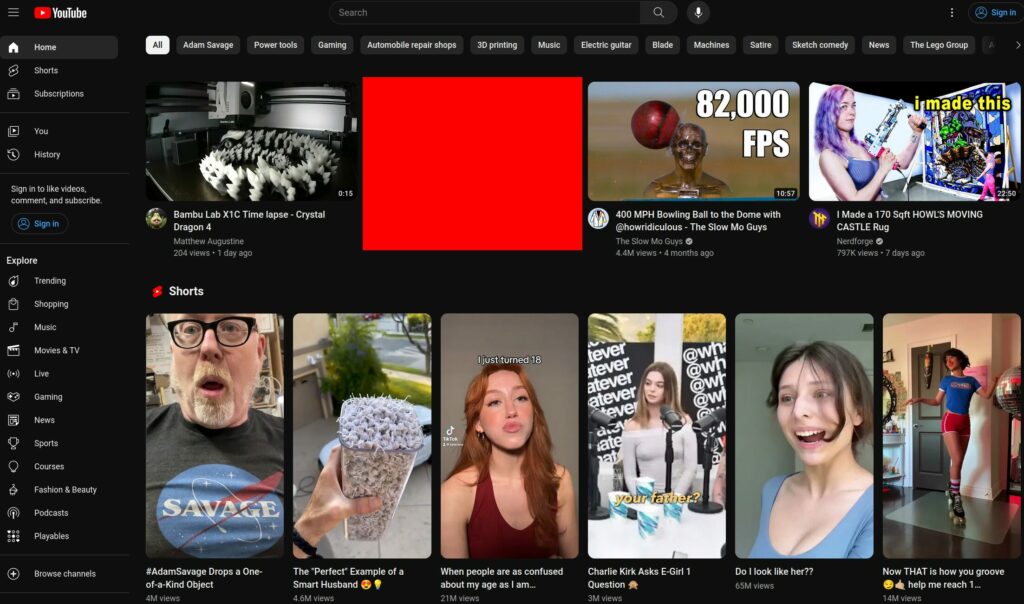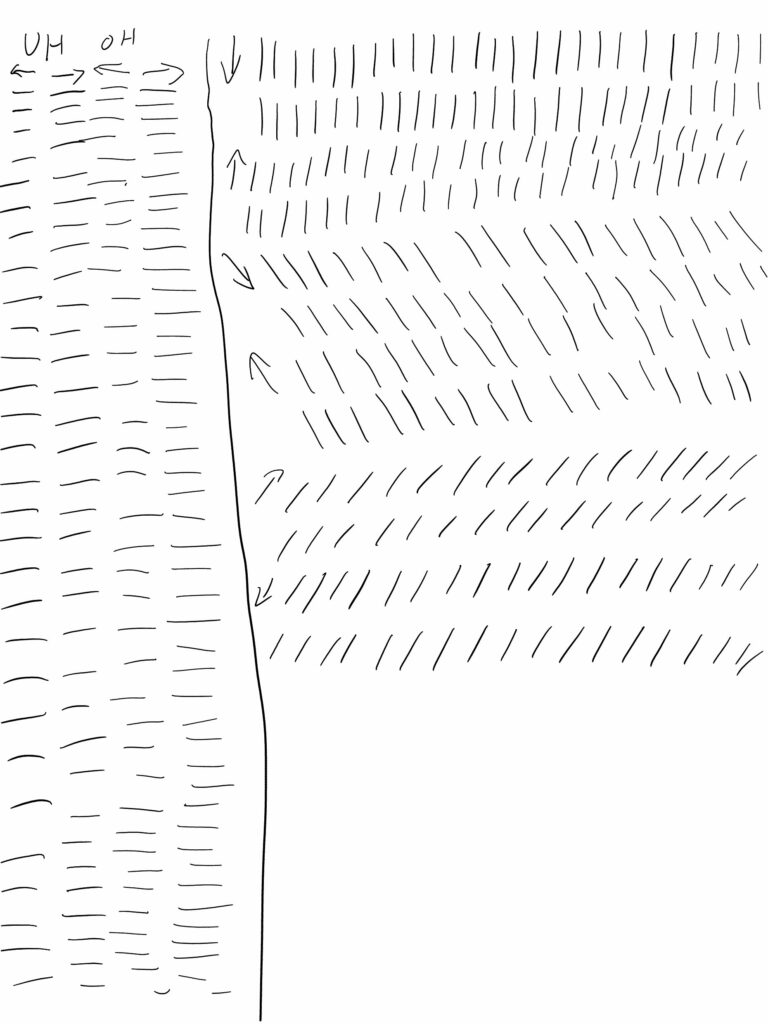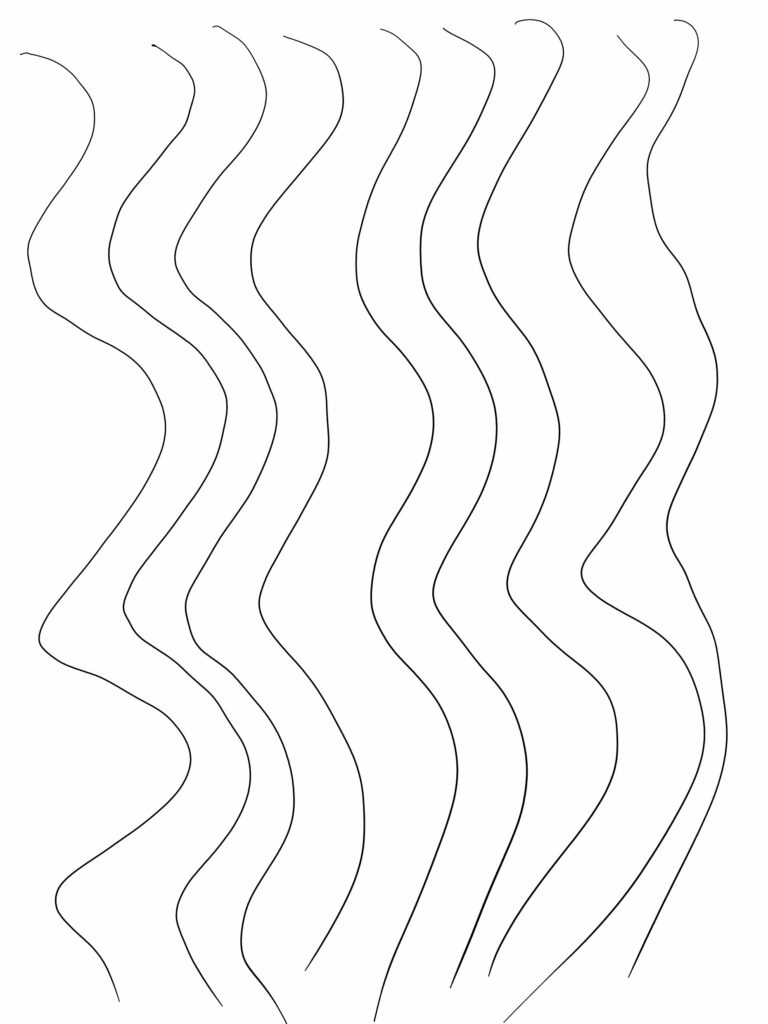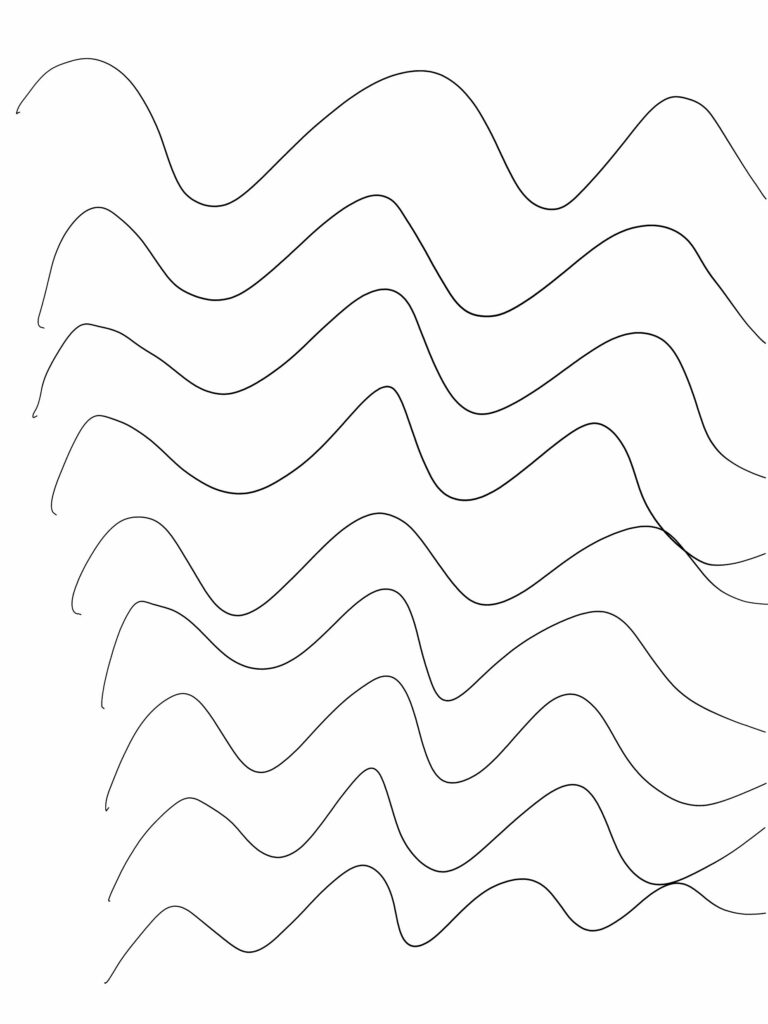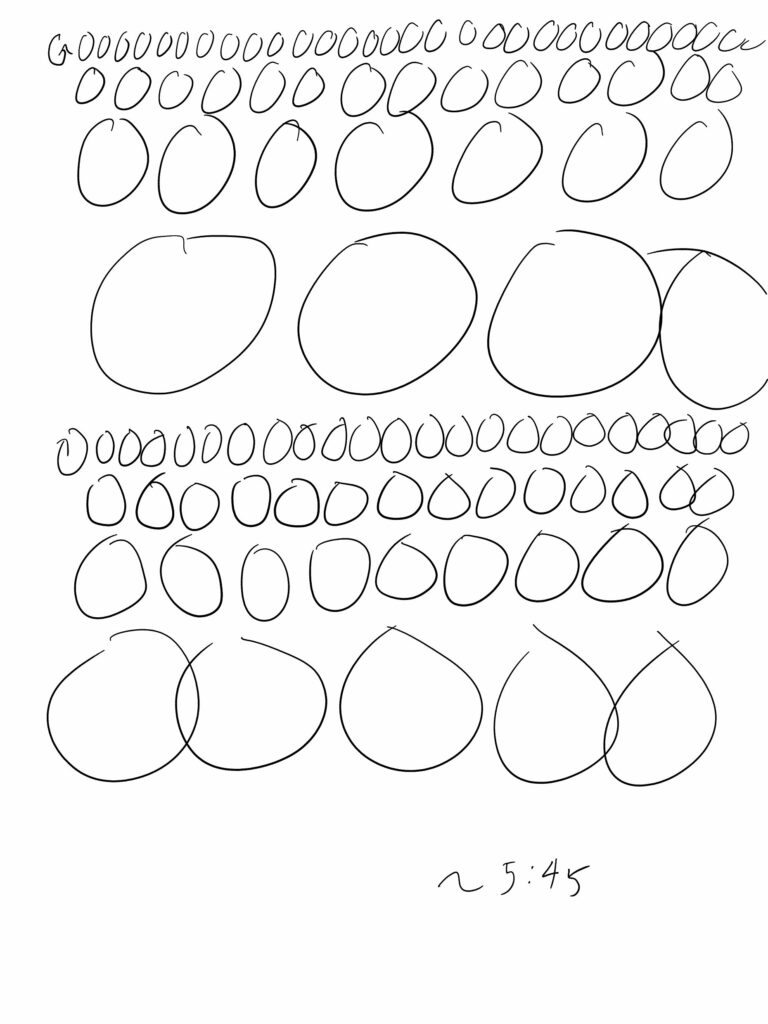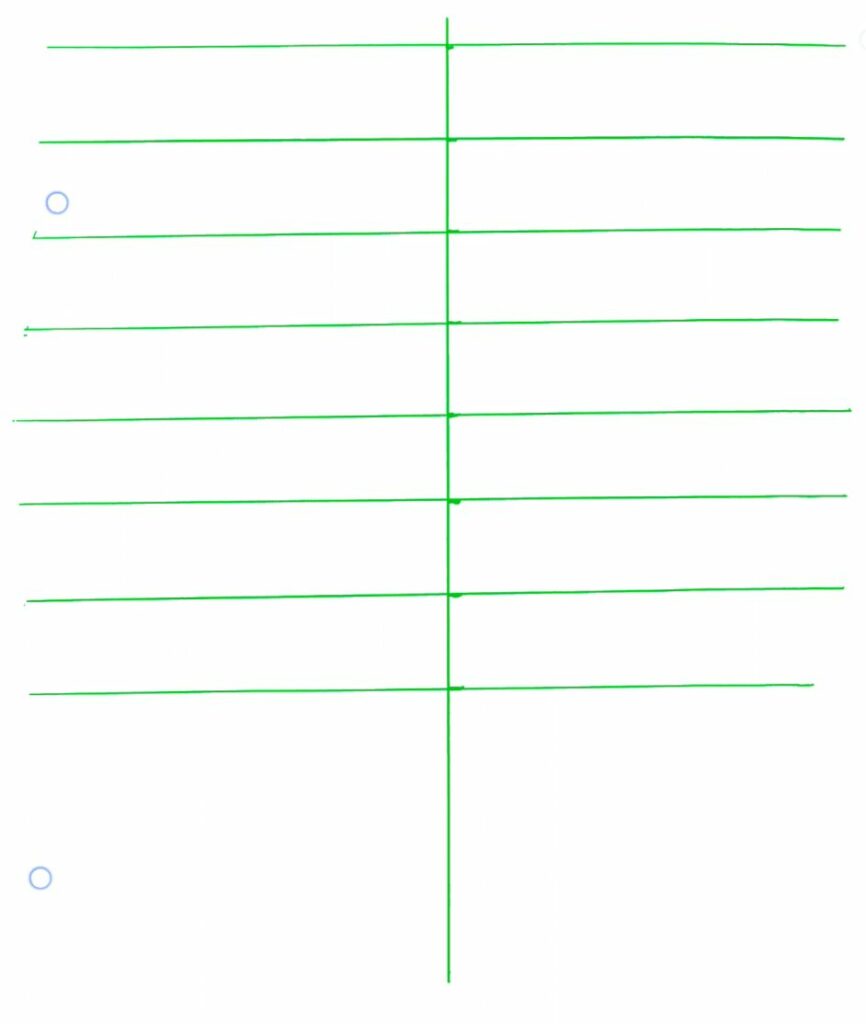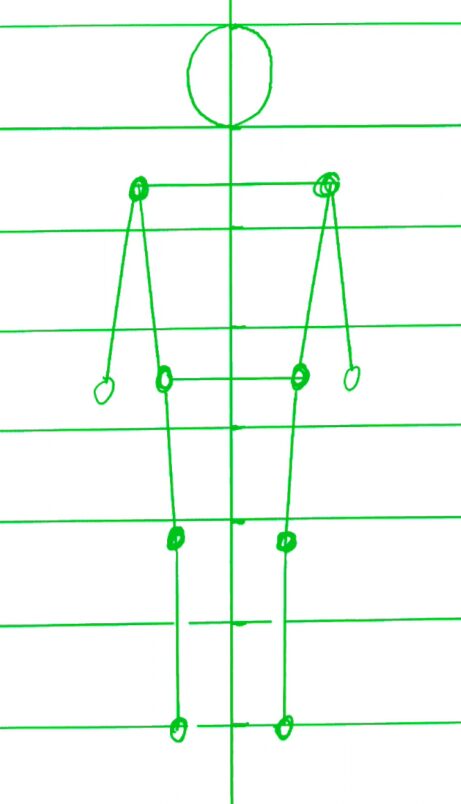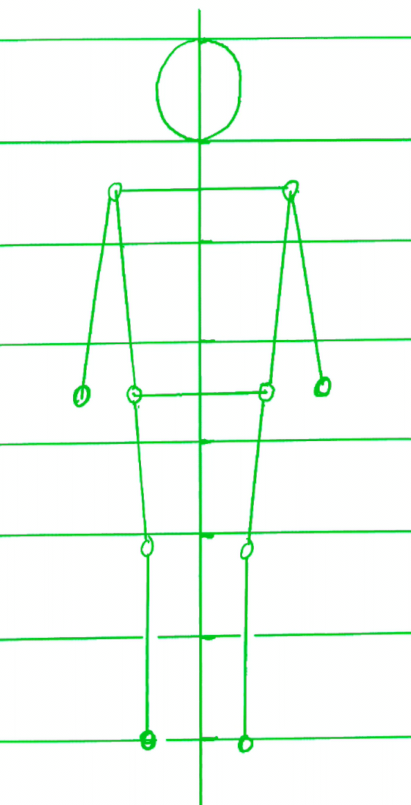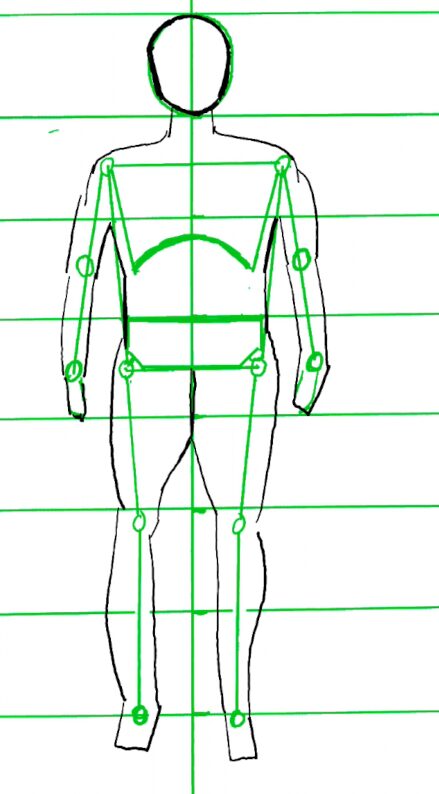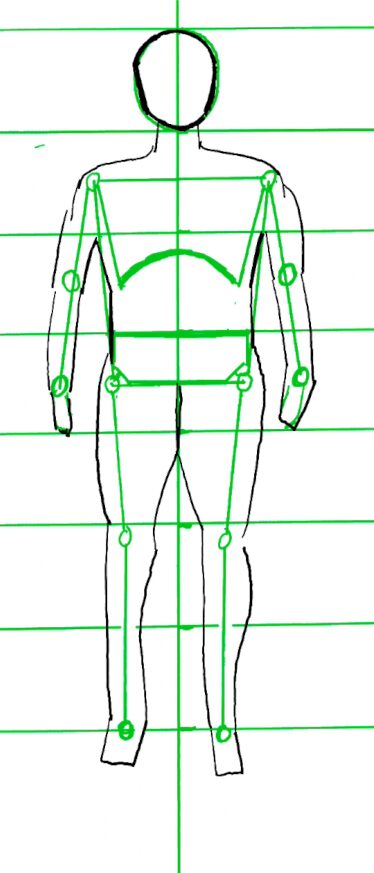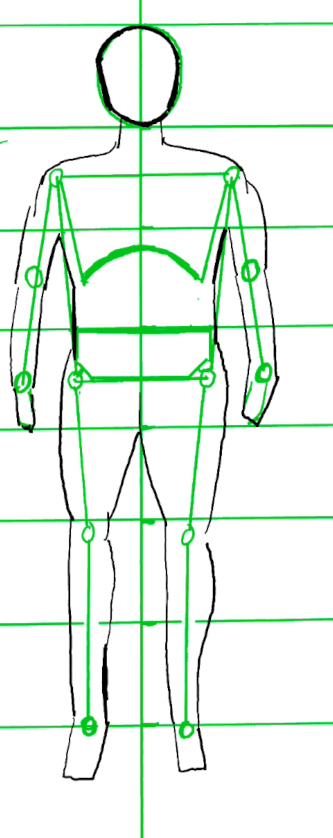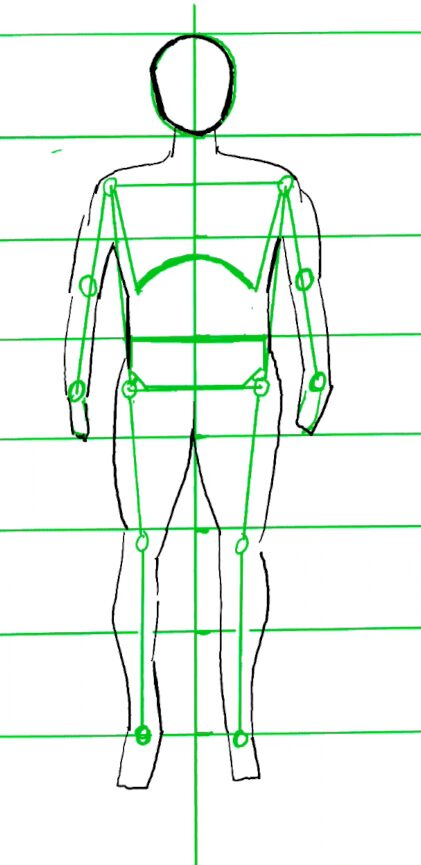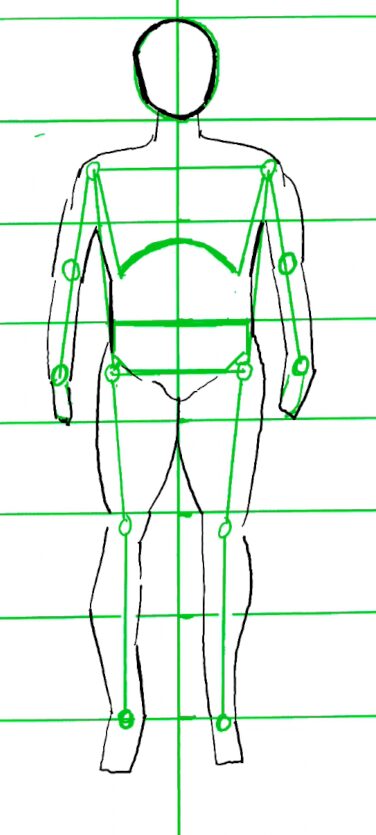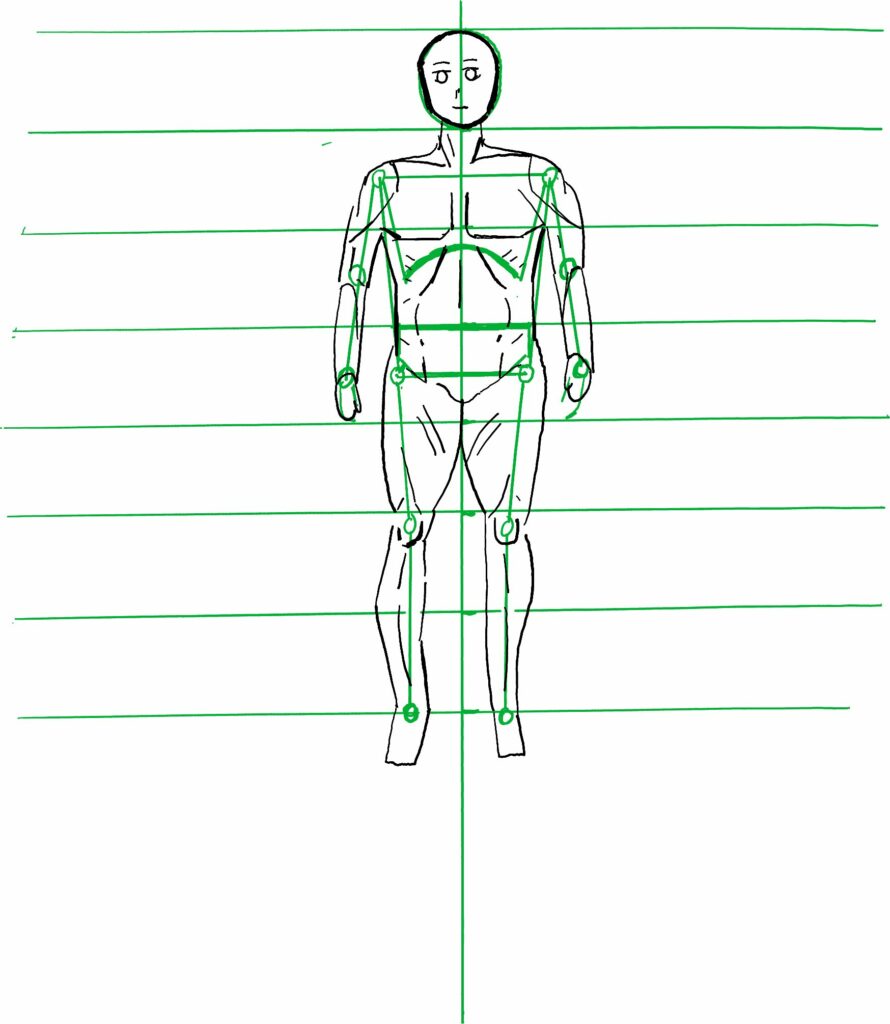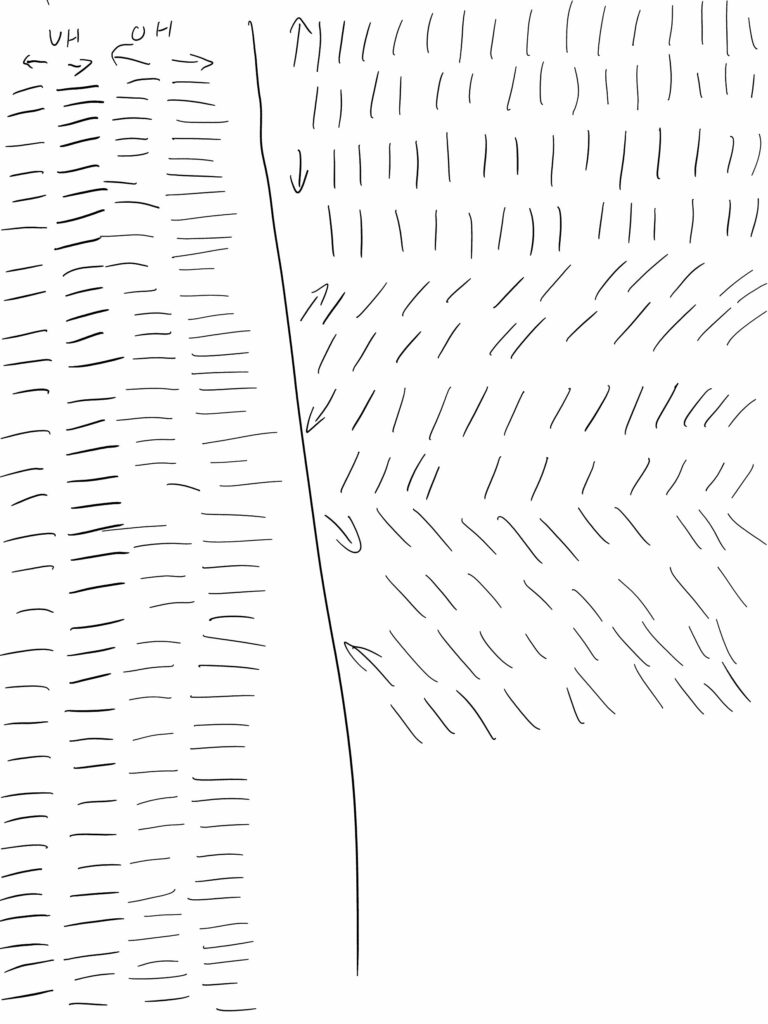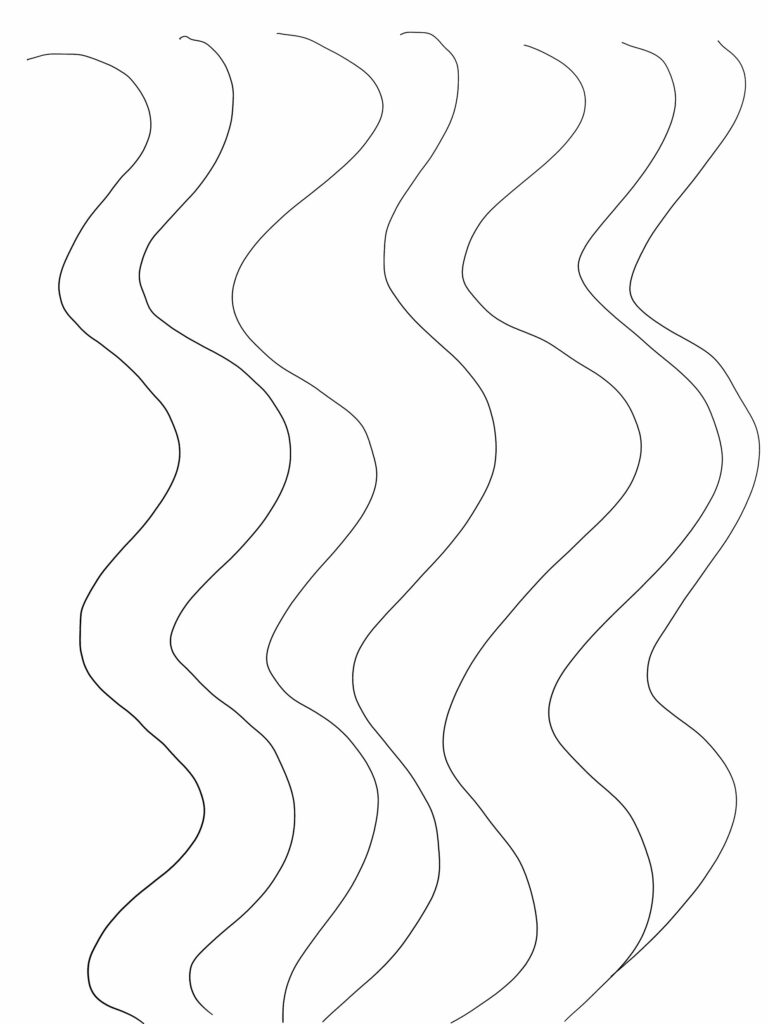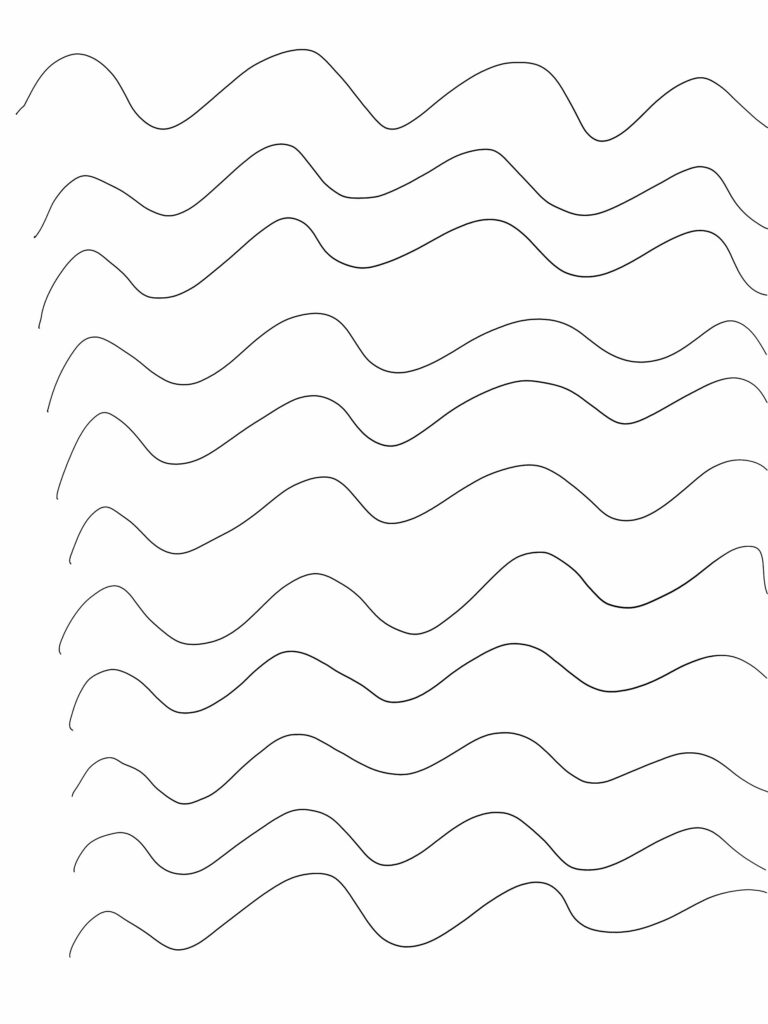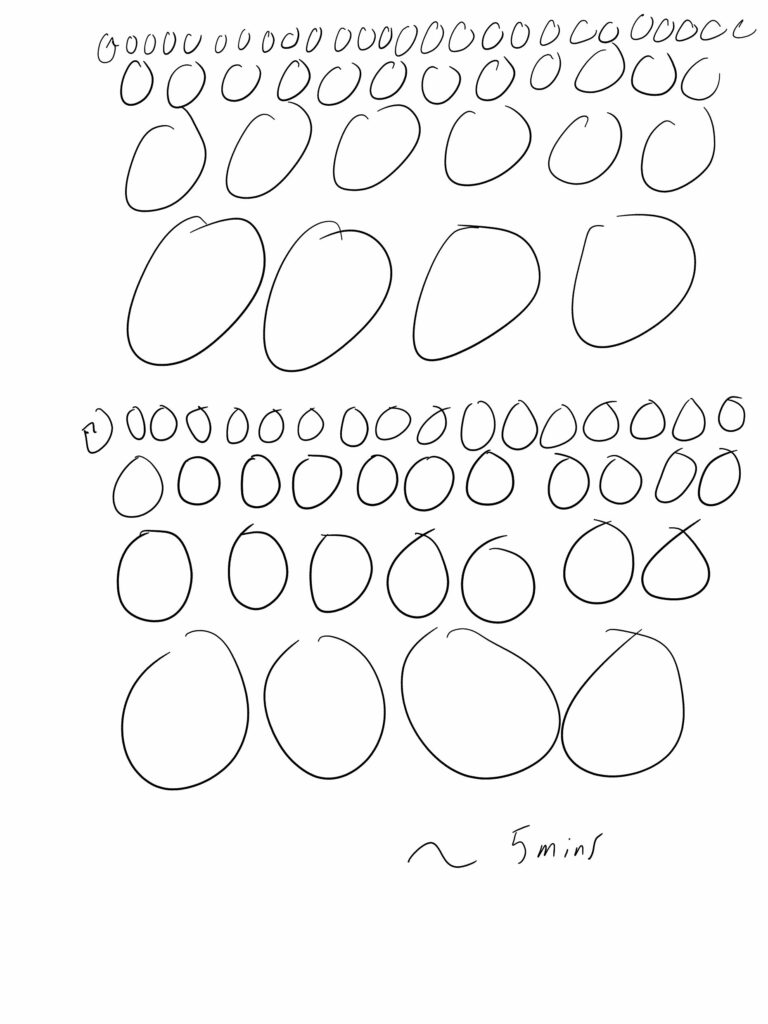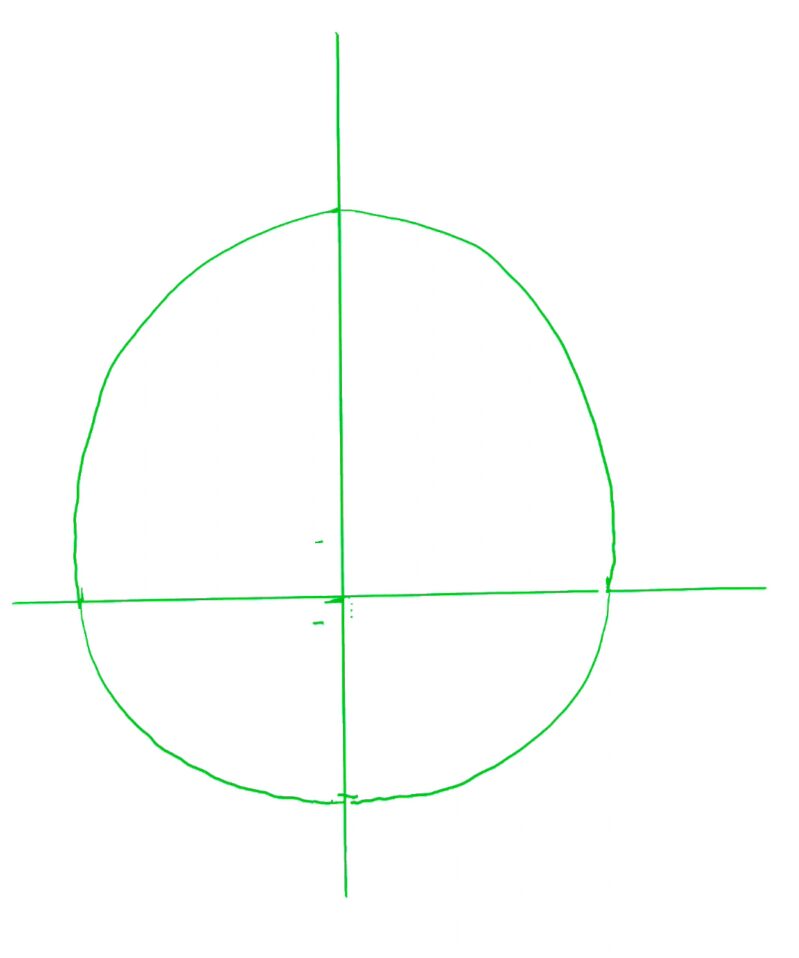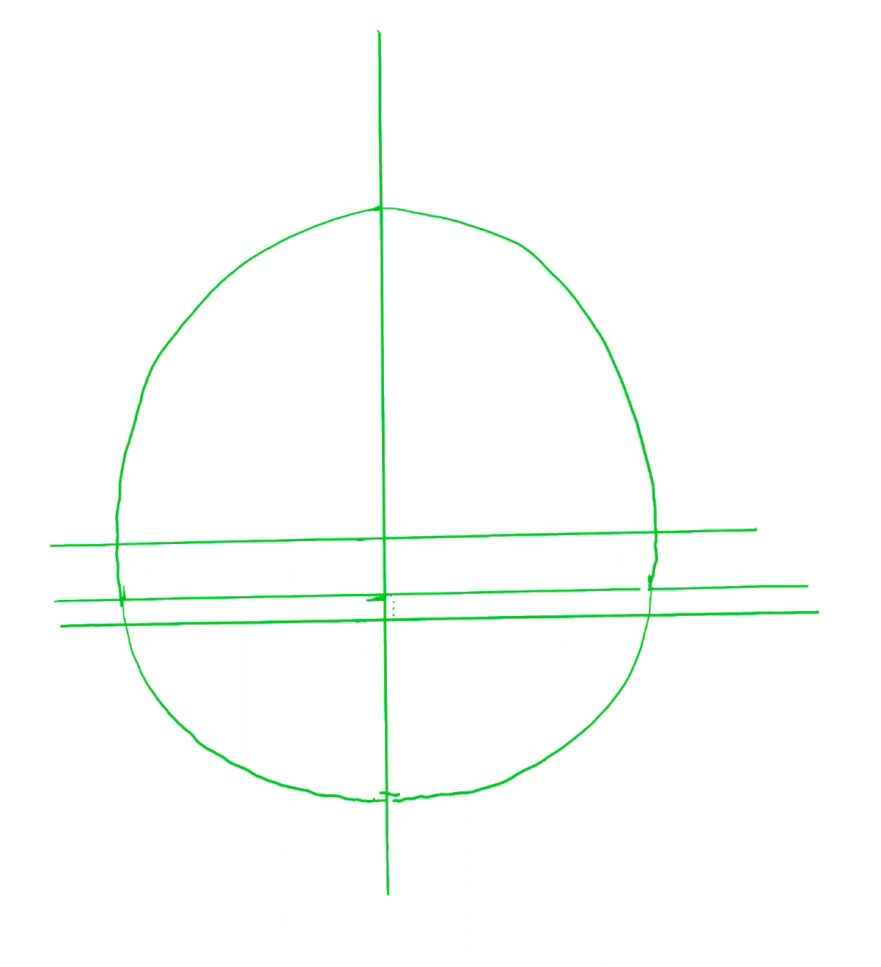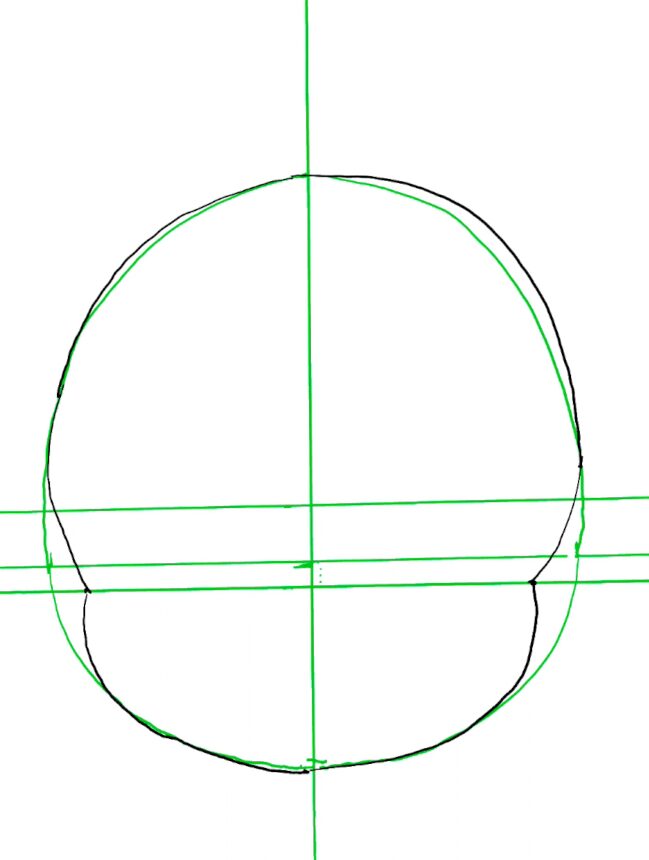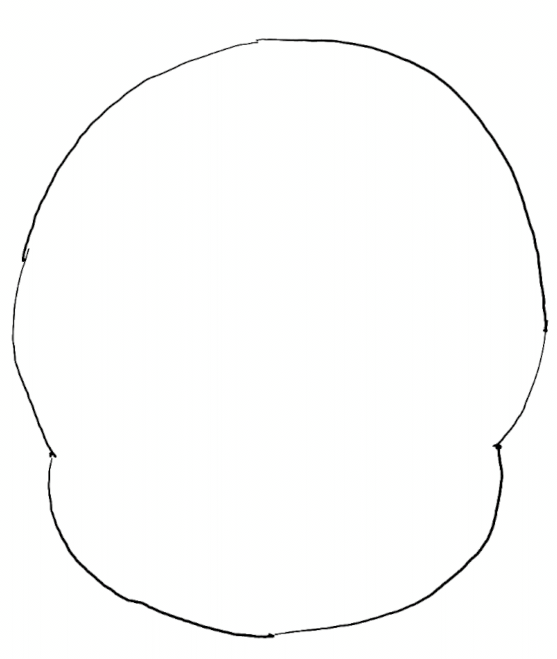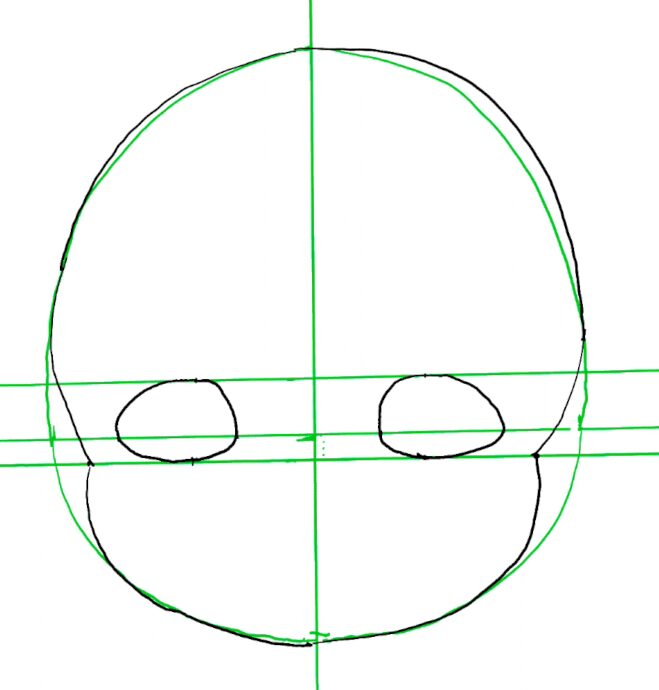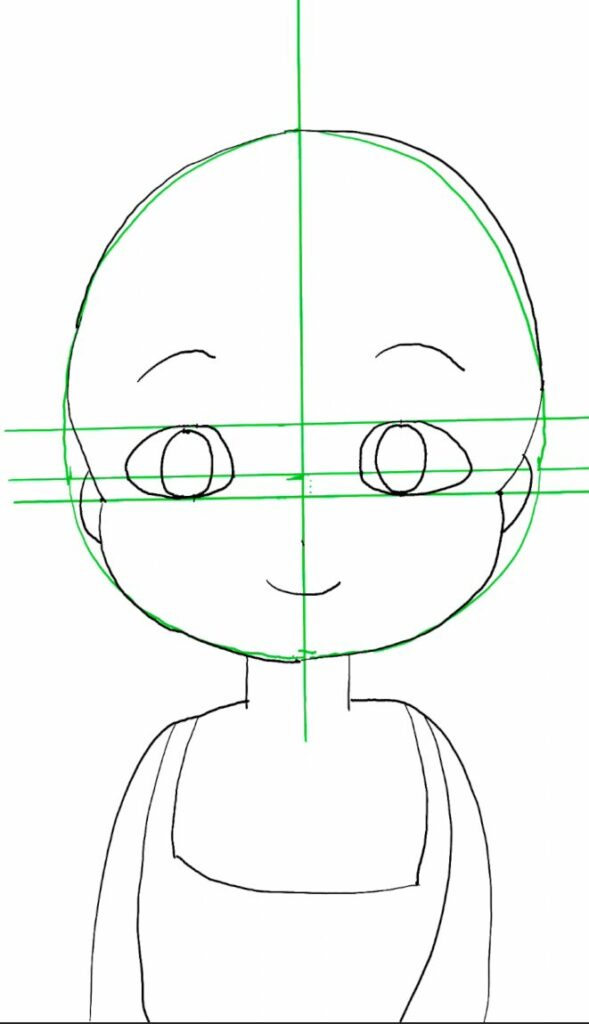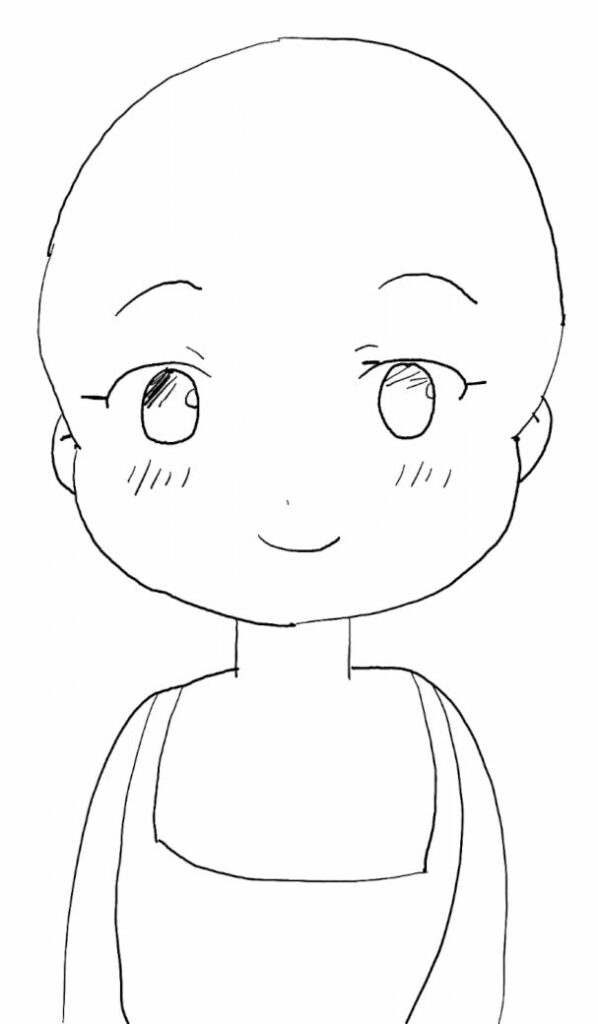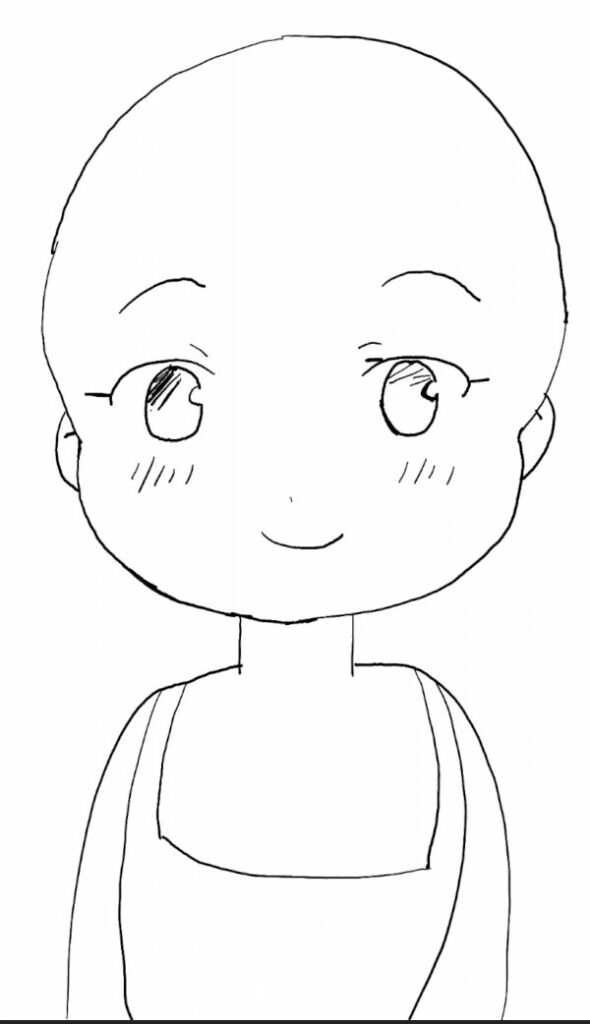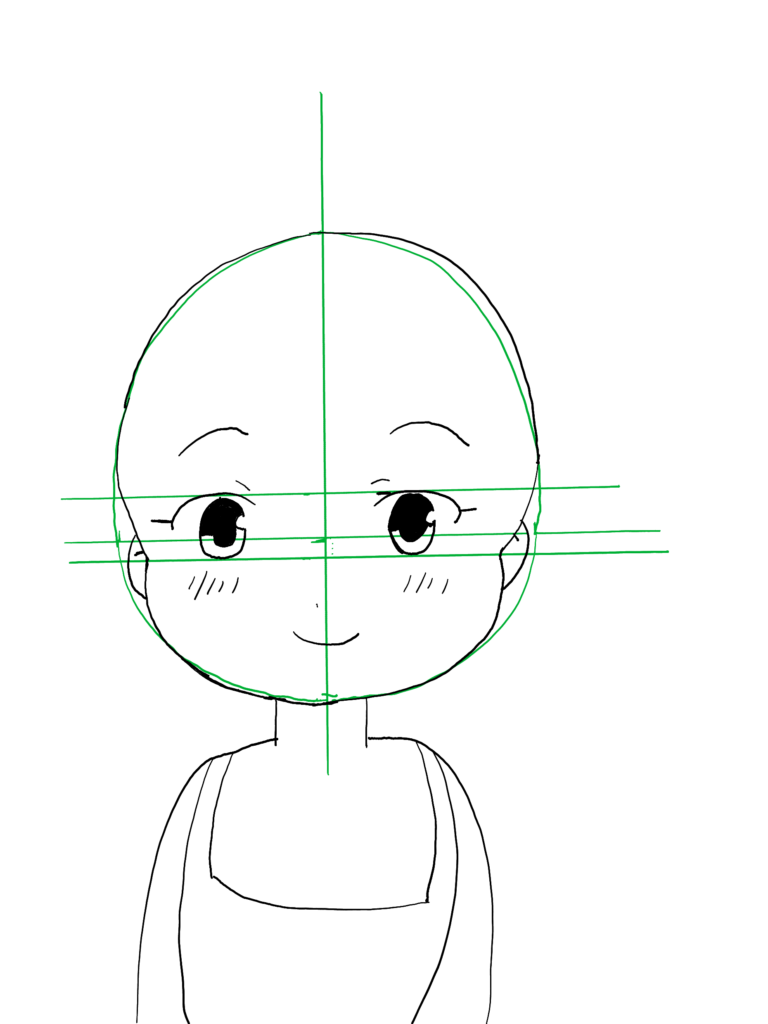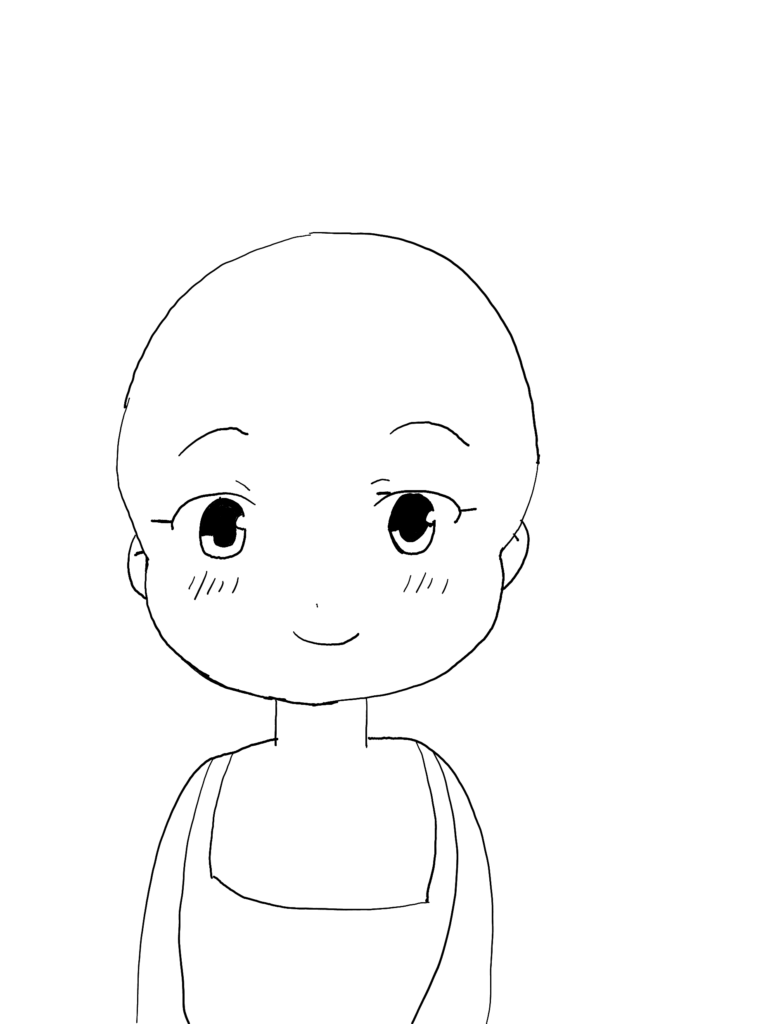This was written May 02 and May 03, 2024
Hello everyone!
As I’ve already mentioned, I’m currently in Taiwan learning Chinese. And I think it’s time to share some of my experience. Today, I will start with my experience with reading Chinese books. Important note: I’ve been learning Traditional Chinese, as opposed to Simplified Chinese.
A rocky start
A few months before arriving, I purchased a book in a series of “learner’s books”, a retelling of “Journey to the West” with hand-picked vocabulary and grammar. (It is part of a series of books of gradually increasing difficulty).
At first, I tried to read the book every day, looking up every new word and learning how to write them. Unfortunately, being at the beginning of my journey, this book was too advanced for me and I eventually gave up.
An initial improvement
Eventually, after of few months of taking Chinese classes in Taiwan, I decided to give the book another try. Turns out I was better equipped and it went a lot smoother! It took me a few weeks to finish it, during which I learned new words and became more comfortable with reading. I even decided to read it a second time, which went even better.
Choosing my next book
This first book completed, I figured I should continue with a more advanced book. After all, being in Taiwan should make finding an adequate Chinese book a piece of cake. However, finding the right level of challenge is far from trivial. I initially chose a retelling of The Three Kingdoms, but realized after my first session that I was out of my depth.
Accordingly, I started looking for a new book. Perusing in the children’s books section (books for ages 7-12), I searched for a cross-section between adequate difficulty and interesting material. I ended up choosing a Japanese book translated to Chinese (only realizing this after the fact). It’s actually a collection of ghost stories. Opening the book at random and looking at the vocabulary, it appeared to be manageable, and thus purchased it.
New troubles arise
Unfortunately, I soon realized this might actually be harder than I expected. Regardless, I opted to push through. My first strategy was to read a few pages, and whenever I stumbled upon vocabulary I didn’t know (or couldn’t remember), I would look it up and just carry on, trying to read for meaning. Alas, it soon became clear to me that I probably wouldn’t retain a lot of vocabulary this way, and should change my approach.
I thus figured I should put more focus on the vocabulary itself. As such, I would read a few pages and keep a list of “interesting vocabulary”. Once done reading, I would retain approximately ten words, which I would study and try to learn. But this started to overwhelm me, as extra assignment on top of work, other activities, and even pilling onto the reading activity itself. It felt likely to jeopardize my new habit, and so, it was time for a new strategy.
A new inspiration
Overwhelmed with the sheer volume of new vocabulary, I shifted my focus to getting accustomed to it, only learning how to read said vocabulary. Consequently, I would read one page at a time. First I would read it with the vocabulary I knew. Next, I would re-read it and look up each word I didn’t know. Finally, I would re-read the page until I could remember exactly how to pronounce every single character. (luckily, the dictionary Pleco can display a list of recently searched vocabulary, which is tremendously helpful).
While ideally, I would remember the meaning of the words, pronunciation was the priority, since meaning could also be gleamed from context. (After all, that’s how children learn new vocabulary. I also had experience learning vocabulary this way when learning English as a second language, interpolating meaning from context, as opposed to looking up words). This brought me significant success: I did learn many new words, became more confident with identifying new characters, and it made learning how to write characters in class easier, in large part due to being exposed to many of them from my reading. However, it was still a grueling and arduous tasks.
Eventually, I also started to write down questions I had: Vocabulary or turns of phrases I didn’t quite understand, new grammar points I noticed but wanted to understand how to use, connections in the language I thought I identified, etc… I would then ask questions to the teachers at my school, which has been incredibly helpful!
But I should reiterate that, in spite of the progress, this felt excruciating. It was very slow, sometimes taking an hour and a half for two pages, and draining my focus and mental capacity. I often felt demotivated and it took time for the benefits to become noticeable. But being stubborn, I pushed through anyway.
Fortunately, while I was initially worried I might be completely wasting my time, it eventually became apparent that I was gaining something from this (To be clear, I’m not saying this was the best way to learn). We recently had to take a mock standardized test with a listening and reading component, for which I didn’t practice (not knowing about it ahead of time). My results for the listening part were ok, acceptable when considering the material covered in class versus this standardized test: a 60/80. For the reading section however, my results allegedly exceeded those of of my peers, at 79/80. And this is also reflected in our discussed experiences. While I sometimes re-read the prompts multiple times before properly understanding, I did eventually got it (mostly). Meanwhile, from what my classmates and friends said, they struggled more with understanding the texts. They also felt like they ran out of time, whereas I didn’t really feel the time pressure for the reading section. And most strikingly, I seem to be the only person with such a wild discrepancy between reading and listening, with a difference of 19 points (most of my peers usually had difference of about 5 points). While it’s purely anecdotal (so take this with a grain of salt), it seems likely that my reading practice contributed to this outcome.
An interesting note is that, as I was progressing through the book, I was simultaneously progressing through my classes. Thus, my vocabulary was gaining from both the book and the lessons, creating a mutual reinforcement. And around the end of the book, I felt like my reading comprehension had drastically improved, feeling like I eventually understood what I was reading and better followed the overall narrative (a stark improvement over the first few stories). And eventually, I reached the end of the book, and had to decide what to do next.
But in retrospect, how well did this strategy work? Well, a lot of days felt like a painful trudge through sludge, and I had a lot of trouble remembering characters long-term, mainly remembering characters that had a major presence. Moreover, because I didn’t focus on it, the meaning of the vocabulary often didn’t stick. However, as mentioned above, it still seems to have helped me improve my reading abilities, and I’ve definitely learned from it. There were even a few happy and proud moments through this. For example, I remember reaching a page which I could mostly read on my first attempt. It felt really special to me. Obviously it happened on an “easier page”, but still. I also had moments where I decided to look at the dictionary’s “Chinese definition” first, where I understood without having to look up the English translation.
Time to reevaluate
So, with the first read-through complete, what next? At first, I decided to take a break and read in English for a bit. But eventually, I opted to return to this same book, now ideally better equipped for it. I also figured I should adapt my strategy. First, I opted to once again go page-by-page, but this time, I modified the “in-depth” phase. This time, I took note of interesting or recurring vocabulary, or words I had forgotten how to write. I would then immediately write them a few times, with their pronunciation, to try to learn them (Some new words I would just omit). The idea was that forcing myself to write them should help me remember them. Once done with this phase, I would reread the page until I knew how to pronounce every word (just as I used to). Turns out, it usually took me less time than before to remember how to pronounce new words, which was good. (Though do note I’m also improving, so it might not be due to the technique itself). However, doing this daily for a few pages was still very time consuming, and there were a lot of words that still faded away after a few days. So it still felt like slow and grueling progress.
A potential breakthrough?
Eventually, out of exhaustion and curiosity, I opted to read the rest of a chapter without looking up any of the vocabulary I didn’t know, in order to see how much I understood. Turns out, I could understand the narrative pretty well at this point, despite some vocabulary gaps. This led me to wonder whether this might be a better approach.
Subsequently, I had a discussion with a teacher, and eventually settled on a hybrid approach, which I’ve now tried for two days. This is split into a few phases:
- Review previous day
- In-depth reading
- “Shallow reading”
- Review same day
The in-depth phase is basically the last approach discussed, where I learn to write some new characters, and still learn how to read every single character. This is done for a single page.
During the review phase, I reread the one page from the in-depth phase of the target day (Either today’s or yesterday’s).
During the “shallow reading” phase, I read the next ~10 pages, without worrying too much about vocabulary I don’t know. If I’m either very curious about a word, or frustrated about not remembering it, I will look it up. Otherwise, I just move on.
So, what’s the rationale behind this new strategy?
- I think it’s still very valuable to try to learn new characters, and going in-depth for part of it. Limiting it to one page should, however, make it more manageable. (Less time-consuming, less draining, and hopefully better retention)
- Going back over the one page on the next day should allow for better retention.
- The “shallow reading” should be less draining, and allow me to absorb more things from context, as opposed to directly from the dictionary. It should also help develop normal reading skills, useful for day-to-day life, or school situations/exams.
- Since vocabulary can often be clustered in specific areas of a book, new vocabulary obtained through the “deep reading” phase should usually reappear in the “shallow reading” phase (and thus the next few days), helping further cement it.
- The “shallow reading” phase should allow me to preview upcoming material and vocabulary.
Thoughts
If I had to redo it, what would I do? For starters, the book I chose was way too difficult for my level. I would definitely advise to start with a book of adequate difficulty, instead of stubbornly pushing through something that’s out of your league.
In terms of strategy, I would probably first start with the technique of reading a page until I can read every character on it: first focusing on reading and exposure, instead of writing. However, I would limit my scope, instead of going through an entire book with hundreds of pages. Maybe a small children’s book, a single chapter, or even a collection of about 10-20 pages. I’d iterate over this scope a few times until I could properly remember and understand the vocabulary, before moving on. Unfortunately, when using a whole book as your scope, the frequency of recurring vocabulary tends to be more limited, making it harder to commit the vocabulary to memory (at least in my experience).
Once I comfortable with the material within scope, I would either:
- Move on to my new technique, focusing on writing characters
- Skip right away to the next scope
If I opted to focus on writing here, I’m sure I could handle more than a single page at a time, since I’d be more comfortable with the vocabulary within the scope.
Obviously, I would also keep questioning what works and what doesn’t with this strategy, before considering how to iterate.
But: Why not start with this strategy right away? That’s a good question. For starters, I hadn’t thought of it until I started writing this. Yet, I would like to give my current technique a chance before trying something new. I might actually try this once I complete the current chapter I’m reading (which may take some time, going at a pace of one page a day). Or honestly, whenever I start being unhappy with the current strategy.
Conclusion
Through each of these strategies, I evaluated whether it worked, and what I could try to improve. Sometimes, it was a huge departure from my previous strategy, but it always served as an experiment. I hope what I’ve shared today can help you understand the value of iterating through your process. Each step should serve as a lesson, and should hopefully get you closer to something that works for you. Although it’s important to remember that, what “works for you” might also be a moving target, since we’re also growing and changing over time. Thus, what works for me today might not have worked for me a year ago. And similarly, what works for me might not work for you. So I’d encourage you to experiment on your own processes and iterate to figure out what works best for you!
On that note, good luck with your own projects and endeavors, and remember to keep trying to trying different strategies! What matters is not whether what you’re currently doing the best and most optimal solution, but that you try things out, evaluate them, think of potential alternatives and refine your findings into a next iteration. I wish you all success on your own journeys. And as always, stay curious!

